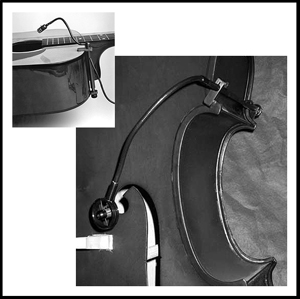Let’s face it – the live sound reinforcement realm presents some microphone challenges that regularly threaten sound quality.
Look at the conditions.
The monitors feed back. They leak into the vocal microphones and color the sound. The bass sound leaks into the drum mics, and the drums leak into the piano microphones.
And then there are the other mic-related gremlins – breath pops, lighting buzzes, wireless-mic glitches, and even electric shocks.
So let’s have a look at solving at least some of these problems.
Based on the experiences of live sound mixers,technicians, and operators, these suggestions will help control feedback and leakage, and help in delivering a clean, natural sound to the audience.
Get In Close
The first tip is to try to get in close to sources with directional mics. To start, place each mic within a few inches of its sound source.
Close micing increases the sound level at the microphone and makes the sound system louder.
Use unidirectional mics to reduce feedback and leakage. They reject sounds to the sides and rear of the mic, such as floor monitors.
Some examples of unidirectional patterns are cardioid, supercardioid, and hypercardioid.
Most directional mics boost the bass when you mic close. This is called the proximity effect. At low frequencies, it provides free gain (extra volume without feedback).
By the way, rolling off (reducing) this excess bass via a console’s EQ section reduces low-frequency leakage picked up by the mic.
Next, here’s an extreme way to get plenty of level into the mic: place the mic near the loudest part of the musical instrument.
Some typical positions are near the sound hole of an acoustic guitar, in the bell of a sax, or inside the shell of a tom-tom.
Use this method as a last resort because close mic’ing tends to color the tone quality, giving an unnatural sound.
Here’s why: Most musical instruments are designed to sound best at a distance (say, 1 1/2 or more feet away).
So, a flat-response mic placed there tends to pick up a natural or well-balanced timbre.





















